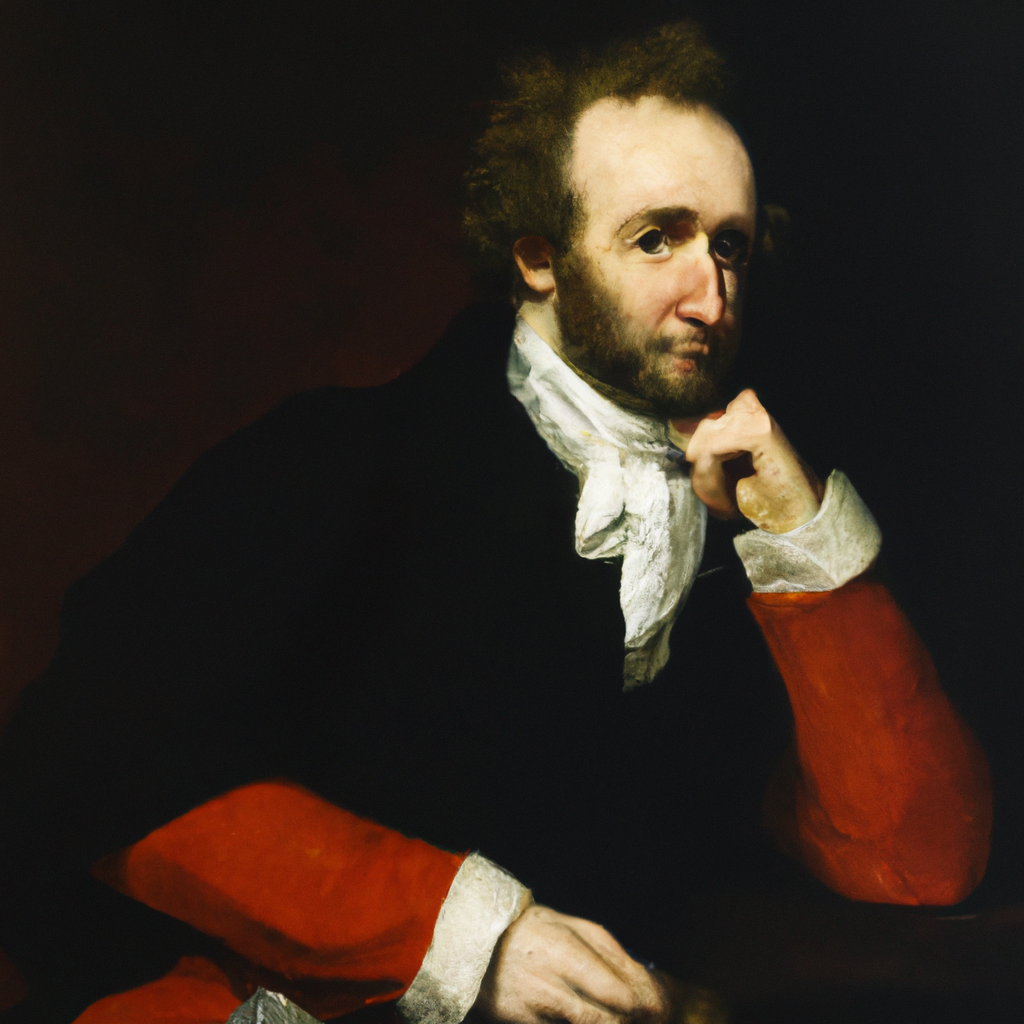
In an undulating sea of art repatriation cases that twist through the corridors of history, laden with the heavy drapery of moral and legal dilemmas, one particular case has echoed through the chambers of the United States legal system, culminating in a resonating decision by the U.S. Appeals Court. The case involves a contested masterpiece by the eminent Venetian urban landscape painter, Bernardo Bellotto. Known for his precision and atmospheric portrayal of light, Bellotto's work captures more than just the aesthetic of a bygone era—it encapsulates the tremulous narrative of human history, vulnerability, and loss.
The artwork at the center of this legal labyrinth is a Bellotto painting that had been clouded by the dark shadows of Nazi appropriation during the tumultuous years of World War II. Expropriated under duress or stolen, many artworks like this one were dispersed across the globe, their origins murky, their ownership contentious. In the aftermath, a Dutch foundation charged with the restitution of such art identified a Bellotto belonging to this troubled provenance. However, due to a critical mishap, the wrong painting was returned to a claimant post-war, leaving the true piece in the hands of another.
Fast forward several decades to find this Bellotto painting in the serene, controlled environment of the Museum of Fine Arts (MFA) in Houston. The painting’s journey from a war-torn Europe to the tranquil galleries of this prestigious institution is a poignant narrative of survival. However, the arrival did not signify an end but the beginning of another chapter—this time in a courtroom. The issue at stake was the rightful ownership of the painting and the ethical considerations tethered to art looted in times of war.
The MFA Houston argued their acquisition was legitimate, ensnared by historical misfortune but lawful nonetheless. The appellant brought forth claims of rightful ownership, backed by history's solemn weight and the lingering shadows of moral rectitude. The court's decision to allow the MFA Houston to retain the Bellotto painting was not merely a legal determination, but a complex entanglement of ethical, historical, and cultural threads.
This decision underscores the broader dilemmas faced by institutions that house humanity’s cultural heritage. What is the role of art museums in rectifying the historical wrongs of art plunder? How do they navigate the murky waters of legality versus morality? The Bellotto painting at the MFA Houston is but one piece of the vast mosaic of art repatriation conflicts. Each piece, each case, adds depth and shade to our understanding of history, art, and humanity.
As observers, patrons, and lovers of art, we find ourselves drawn into these narratives, compelled to confront not only the beauty of the artworks but also the complex, often painful histories they carry. The MFA Houston's Bellotto is a stark reminder of the ongoing dialogue between the past and present, a visual testament to the evolving ethos of cultural stewardship in the face of historical injustices.